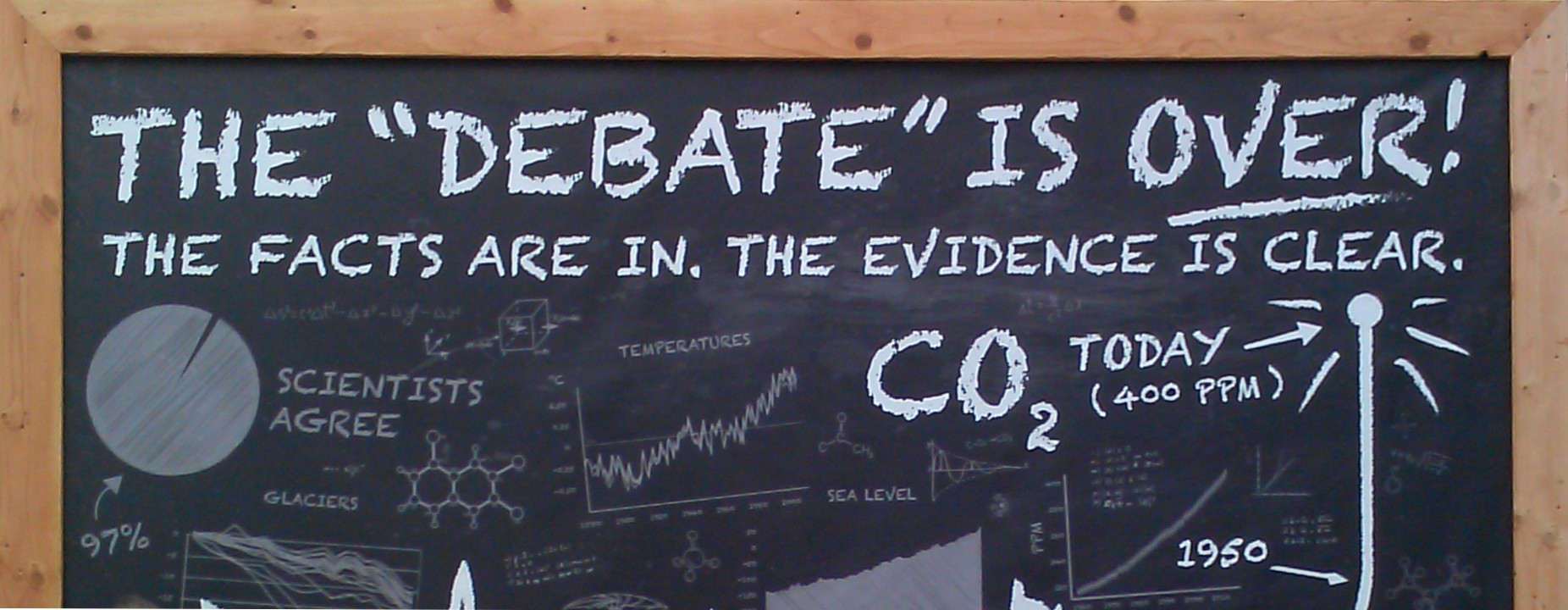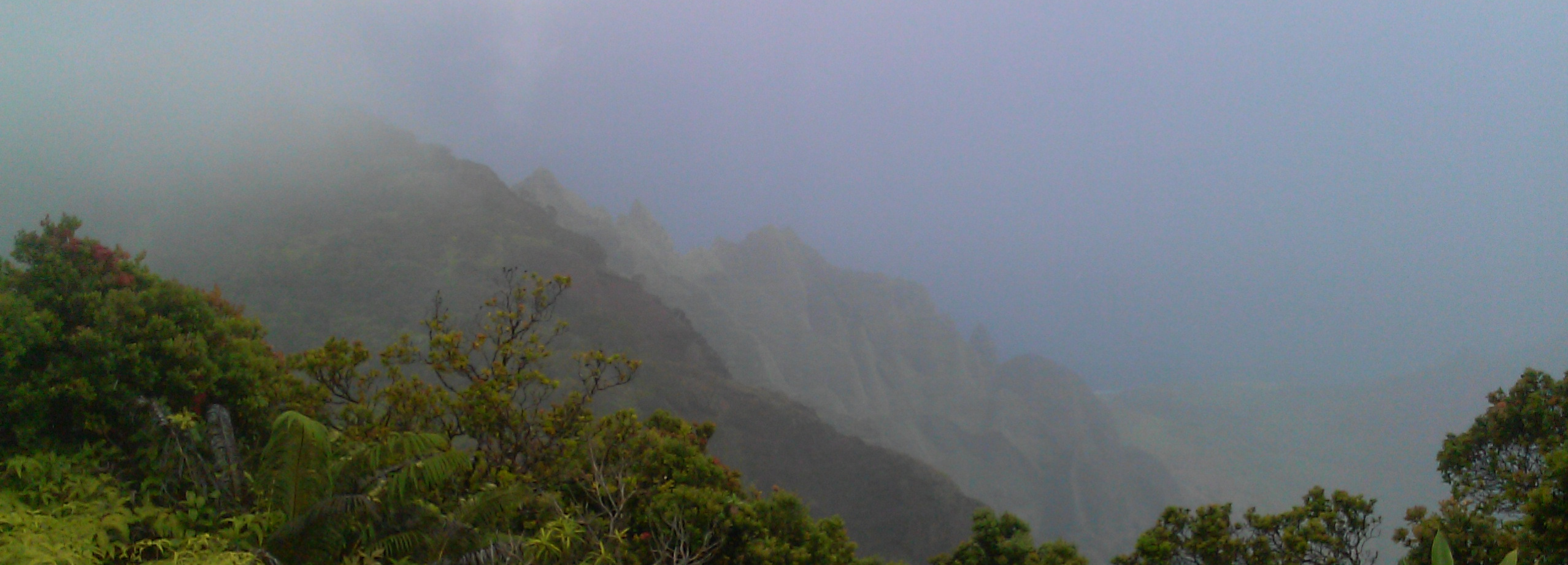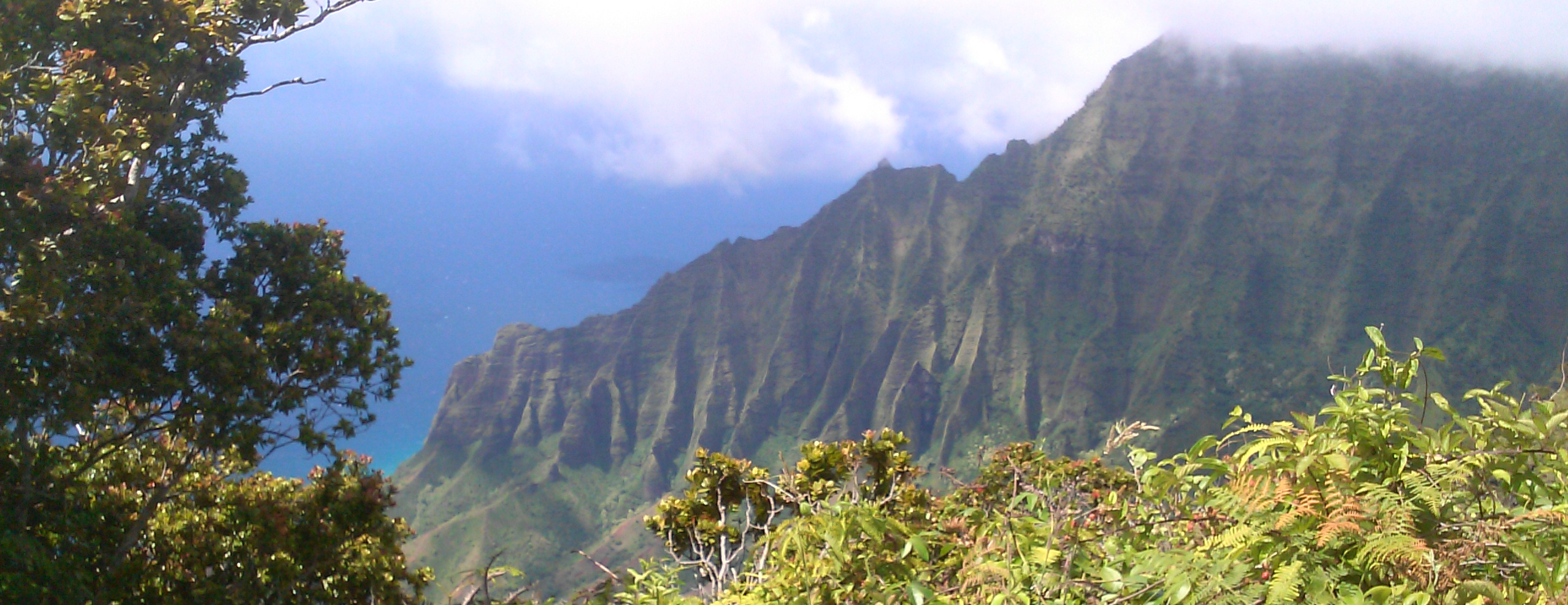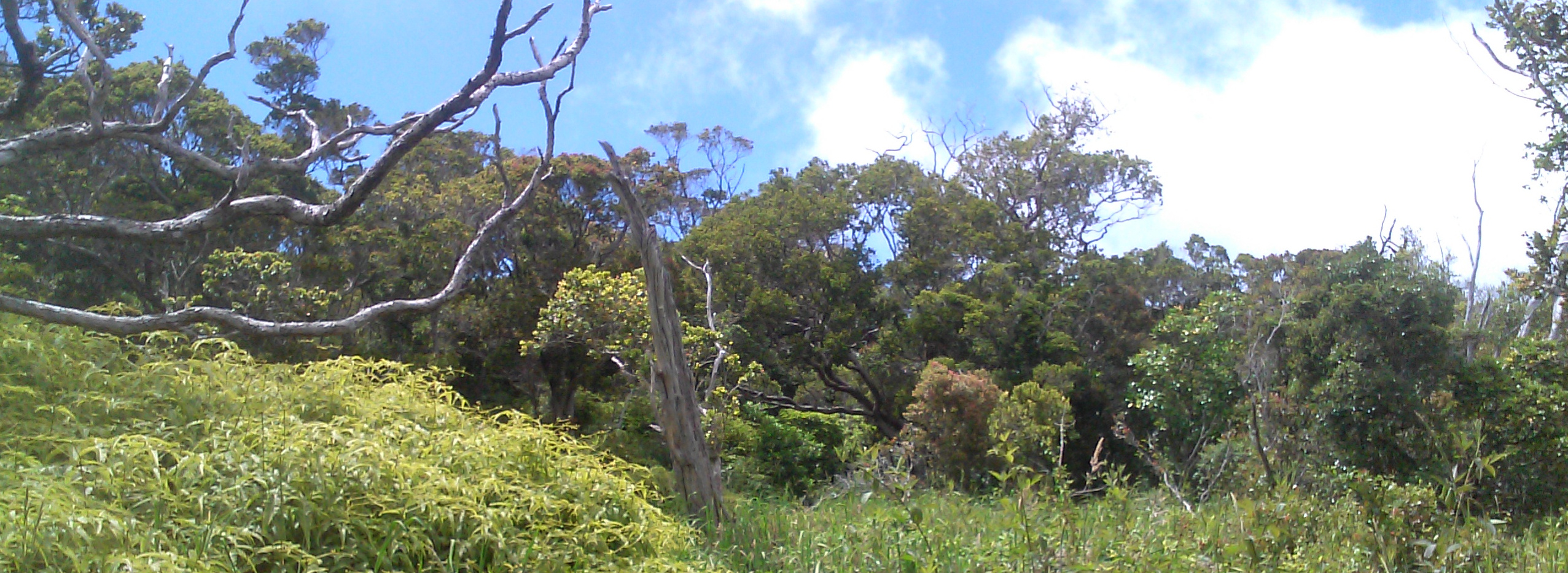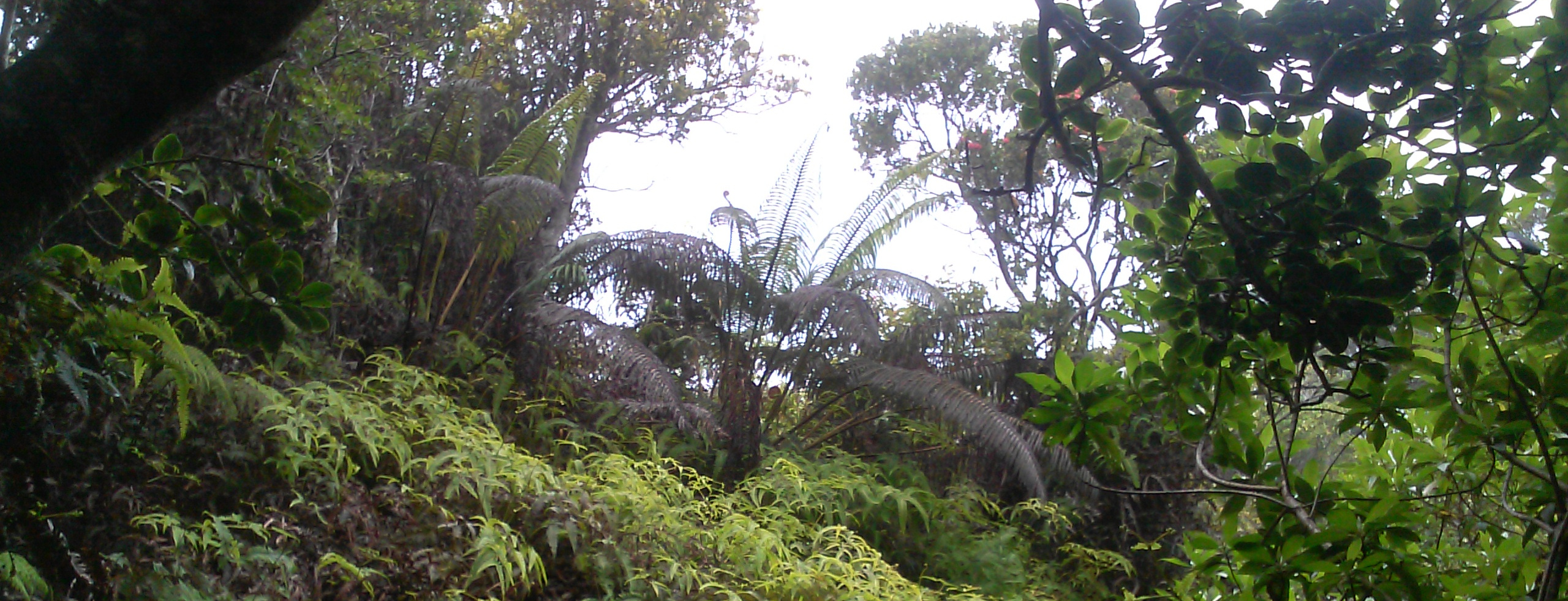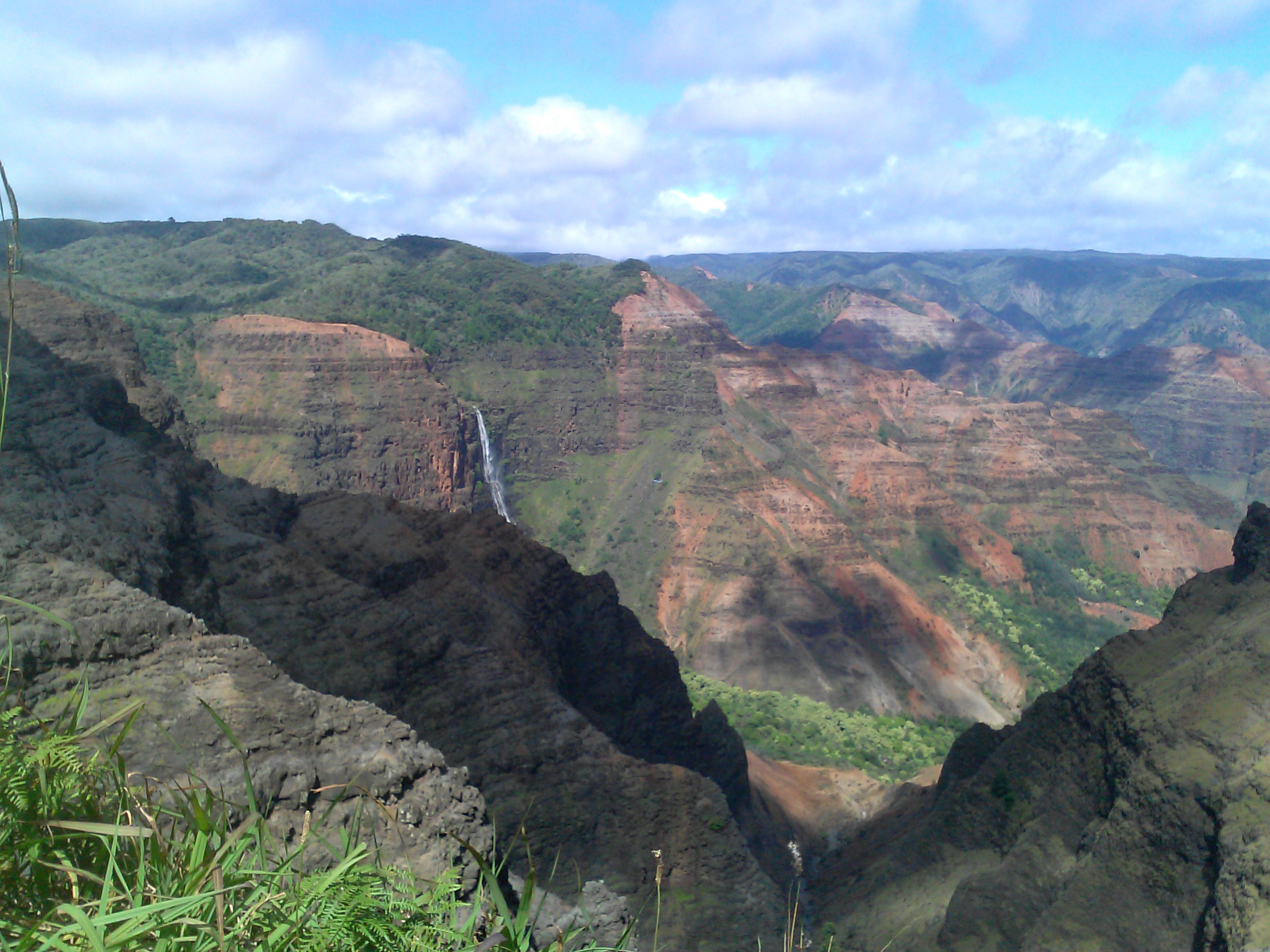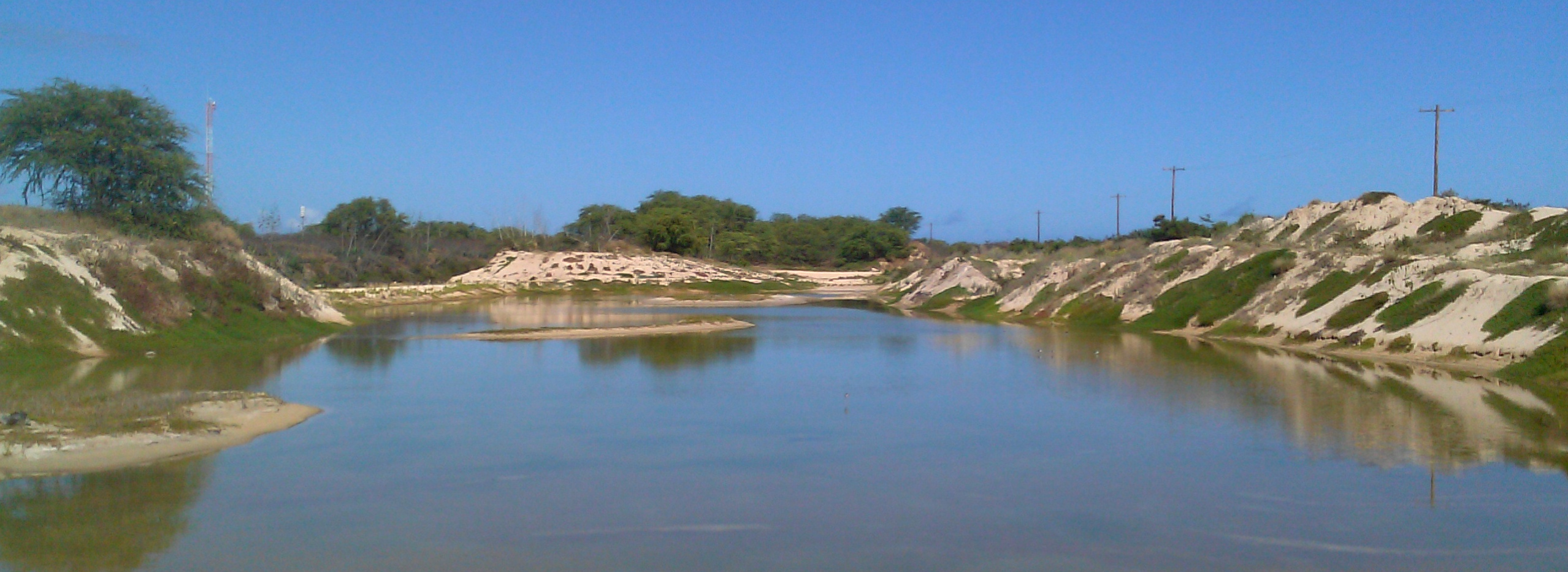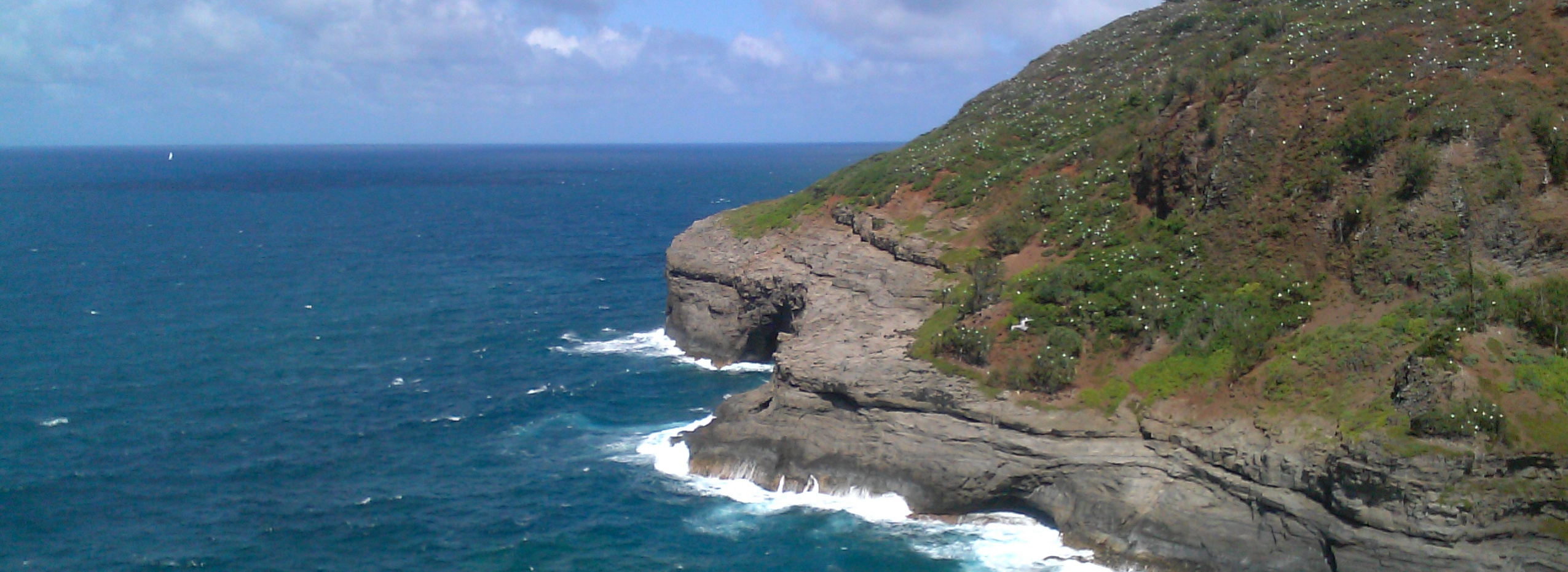Current Research Activies
Paleoclimate research: North Pacific Climate Variations during the last 21,000 years
One of the main objectives is to explore how the rainfall over the Hawaiian Islands has changed in the past, and how we can use proxies from Hawaii (and other locations) to reconstruct changes in the atmospheric circulation during the deglacial period and the Holocene epoch. Here at DAES we analyze the TrACE-21ka simulations. This work is part of Siyu Li's master thesis. The image below shows how the zonal wind jet maximum in the central Pacific shifted and changed in intensity from the last glacial maximum (left) to present (right).

Collaborators: Charly Massa and David Beilman, University of Hawaiʻi
Regional Climate Variability and Change in the Hawaiian Islands
This research is motivated by the general goal to better understand how global climate and large-scale climate variability affect regional climate of the Hawaiian Islands. The main objective is to find out how the regional topography affects the local climate and how it will be altered under warming climate conditions in future. analyze spatial pattern of rainfall variability (and trends) found in observational rainfall data. We have been developing empircial staistical downscaling methods with the goal to provide estimates for future rainfall changes. The general approach is to develop a statistical relationship between large-scale climate and local rainfall, and then use an ensemble of future climate change scenarios (e.g. RCP scenarios from CMIP5) to downscale the climate model simulations onto the Hawaiian Islands. Results have been published and our interpolated gridded maps are available (see Products). Image below: 20th century rainfall trend map (Frazier et al.,2017)

Collaborators: Henry Diaz, Thomas Giambelluca, University of Hawaiʻi, Ryan Longman, Abby Frazier
Climate variability and emerging infectious diseases in the NE US
As part of efforts to better understand what environmental factors increase or decrease human health risk in the Northeast US, we analyze the spatial and temporal variations of West Nile Virus (WNV) infections in mosquitos. The work harnesses the mosquito trap records from New York and Connecticut dating back to 2000 and high-resolution climate data sets. In the first stage of this interdisciplinary research project the main scientific questions are:
- What environmental and climatic factors control the spatial and temporal variations of infection rates in mosquitoes?
- Can statistical models provide sufficient skills for season predictions?
- At which temporal and spatial scales provide models reliable information in support of disease control management?

Team:
- Laura Kramer, Kathleen McDonough, Jan Conn, Wadsworth Center, New York State Department of Health and School of Public Health, SUNY Albany
- Alexander “Sasha” Keyel, Research Affiliate I, Wadsworth Center and DAES
- Christopher Thorncroft, Mathias Vuille, DAES, SUNY Albany




